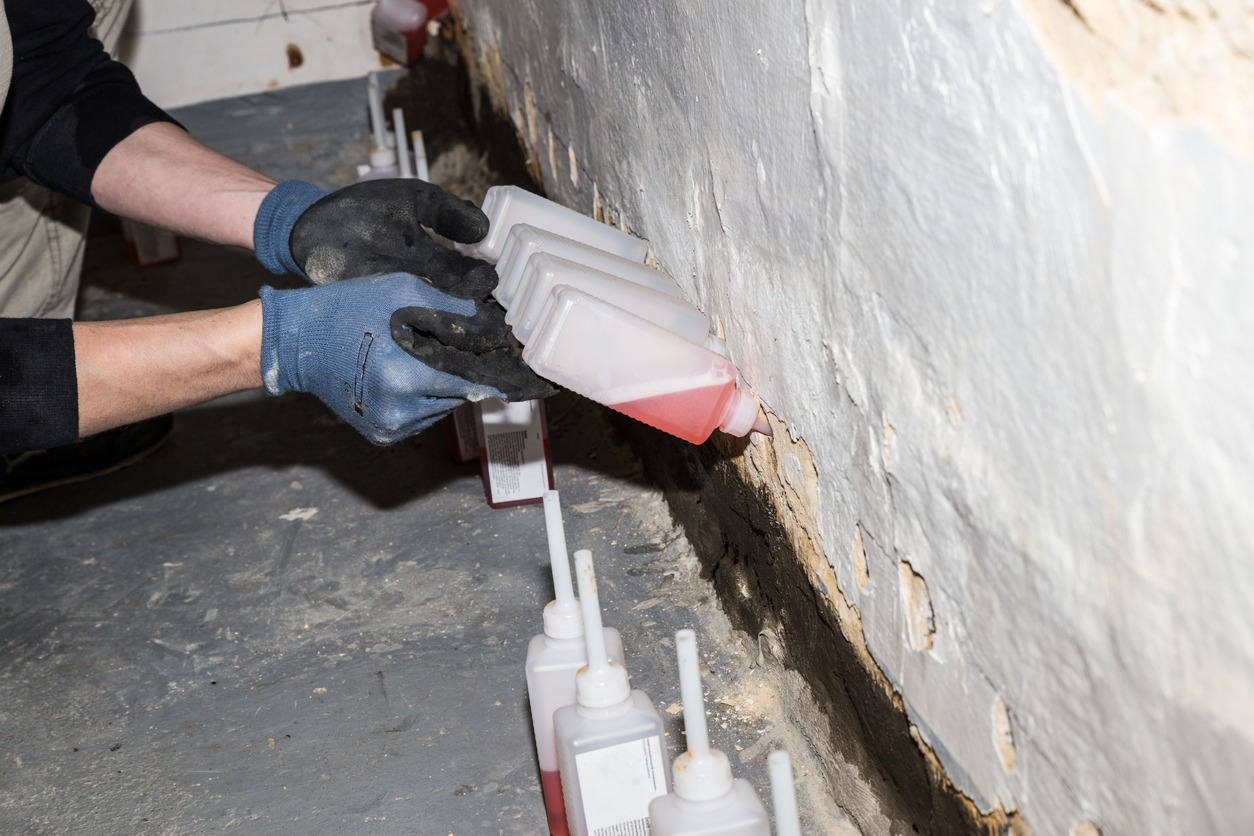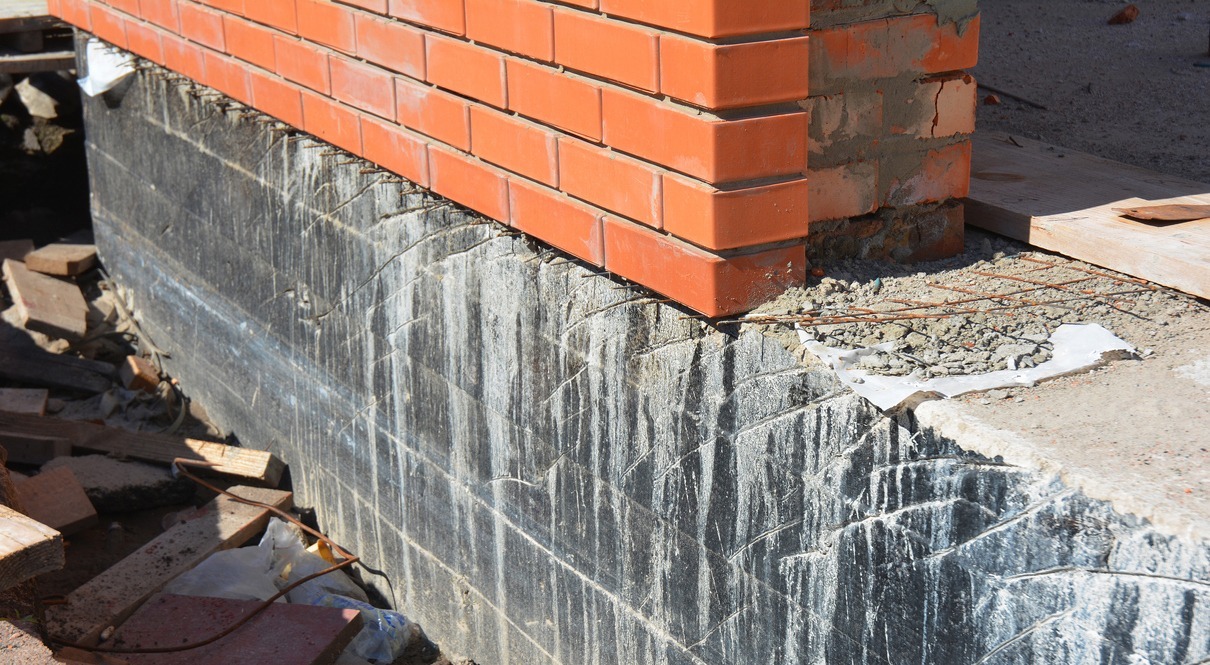For centuries, people have been using cellars for various reasons. As a set of rooms or a room for storing food and fuel and any other objects, a cellar is partly or wholly underground or located beneath a building.
Indeed, cellars are not something new. A cellar has various shapes and forms– from the bunker, safe room, storm shelter, and bug-out shelter. But in the end, its ultimate purpose is to serve as a safe hiding place for you and your family during tornado, storm, terror attack, home invasion, and any other forms of threats.
Moreover, it can be used to shield your vegetables, legumes, nuts, fruits, and gourds from the sun’s direct heat for days, months, or for a longer period of time if you are preserving these foods.
You can also use the cellar to keep your emergency water supply, emergency communication devices like HAM radio, or any bugging equipment.
The building of cellar has become a fad and relatively easy that many people have come up with DIY cellars.
While many hoped that we won’t actually be going to use these cellars during extreme situations, it is still essential to build one of your own so that you will become more prepared when the conditions around you become challenging.
Building your DIY cellar is also advantageous to you in various ways. It gives you a certain peace of mind, thinking that you already have a perfect and safe space you can run to in case of emergencies. This is the most practical reason why people build their DIY cellar nowadays.
If you have the interest to find innovative ideas to build your DIY cellar, you also have to think first about the best place where you’re going to make your cellar. You have to consider specific situations and conditions in preparing your cellar, including the expenses.
“Depending upon your location and specific needs, you should have a good idea as to which shelter would work best for you…Take the time to do your research, consider all options, but don’t delay in doing what it takes to remain safe in all situations,” wrote Jennifer Poindexter of Morning Chore.
Some fantastic ideas to get you started on your DIY cellar
Suppose you intend to build a root cellar you can add to your home features. In that case, you have to consider the humidity, ventilation, temperature, and darkness of the area where you want to build your cellar.
Humidity
According to cellar expert Scott Bish, the humidity in your cellar should be between 85 and 95 percent, so you will not lose the moisture through evaporation.
If your cellar is found above ground, you can get a good humidity level by simply designing a dirt floor because the soil can give natural moisture.
Temperature
Your root cellar should be between 32 and 40 degrees Fahrenheit. Make sure that your cellar can keep cool to preserve better the freshness of the crops you stored inside. As harmful bacteria grow in the warmth, your cellar must be built to get some coldness from the cool soil or ground. However, make sure that it will not be too cool to freeze your products during wintertime.
Darkness
Do not forget to keep the cellar dim, too. This is important because the light from the sun can help your fresh-picked crops to sprout. In short, you need to cover the windows to avoid the direct light of the sun from entering it. Switch off the light inside the cellar when no one is around in the cellar.
“If your ground is wet or you get a lot of rain, it’s highly recommended that you install proper drainage under the floor and along the outer walls of the root cellar. Instead of backfilling dirt up to the wall, install a french drain on the outside at floorlevel and backfill with gravel to allow rainwater to drain away from the walls,” according to the recommendation from the Walden Labs.
Ventilation
Make sure that you build proper ventilation inside your cellar to avoid the building up of molds. Design a good air intake and exhaust vents so that the air keeps on circulating. You have to remember that good ventilation is important in your food preservation plan.
Some common types of cellars
1. Basement root cellar
Building a basement cellar is perfect in the warmer season. You can build your DIY cellar within your home’s basement when you have vegetables, fruits, and other crops to store.
To do this, pick a dark, cool, dry space in your basement. Find a place where you can install your ventilation system.
With your drill and screw, put some covering on the window, like the use of exterior-grade plywood.
Add safety glasses and cut vent holes through the plywood. With wood shelves, you can assure that the temperatures inside the cellar will become more stable. Arrange your food in different baskets or wood crates.
2. Fallout Shelter in your basement
While no one likes experiencing a nuclear bomb explosion, preparing your fallout shelter in your basement is also a practical way of protecting yourself in case there is fallout from any potentially dangerous bombing situation.
According to the Tenth Man of A Bob List, the building of a fallout cellar or shelter has been famous during the Cold War, and it has been a practical way until today.
To turn your basement into a fallout shelter, you have to determine first the strengths and weaknesses of the place.
To do this, you have to locate the area with no external wall exposure to minimize the radiation contact during a fallout. Find a space, around fifty square feet, to be the build area for your fallout shelter.
After determining the corner of your basement with the highest external ground level, you also have to measure the space inside.
“From the corner, measure out ten feet along each wall. Then, you create a triangle by drawing a line connecting those two points. This fifty square foot space will sufficiently protect up to five people, with potential to tightly squeeze in a few more,” according to the Tenth Man, who was inspired in the building of cellars after the 9/11 attack.
You also need to modify the roof and ceiling so that radiation will not creep in. You can put bricks and concrete blocks to limit the potential hit from radiation.
Install additional walls inside the cellar to give you an additional layer of protection in case the basement walls will be compromised or externally exposed.
Meanwhile, you have to remember that building a permanent fallout shelter may take time, but it will surely provide protection and safety to you and your loved ones.
Thus, you have to think about whether you will build a permanent or non-permanent shelter against fallout radiation in your basement area.


